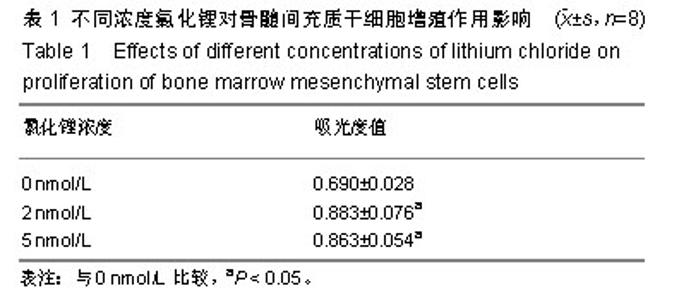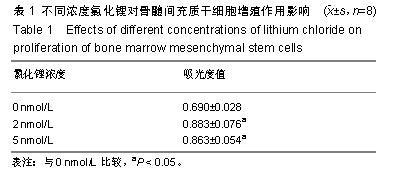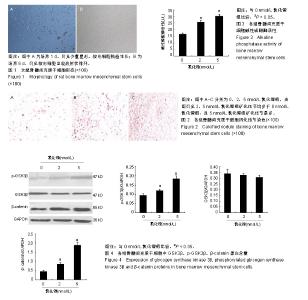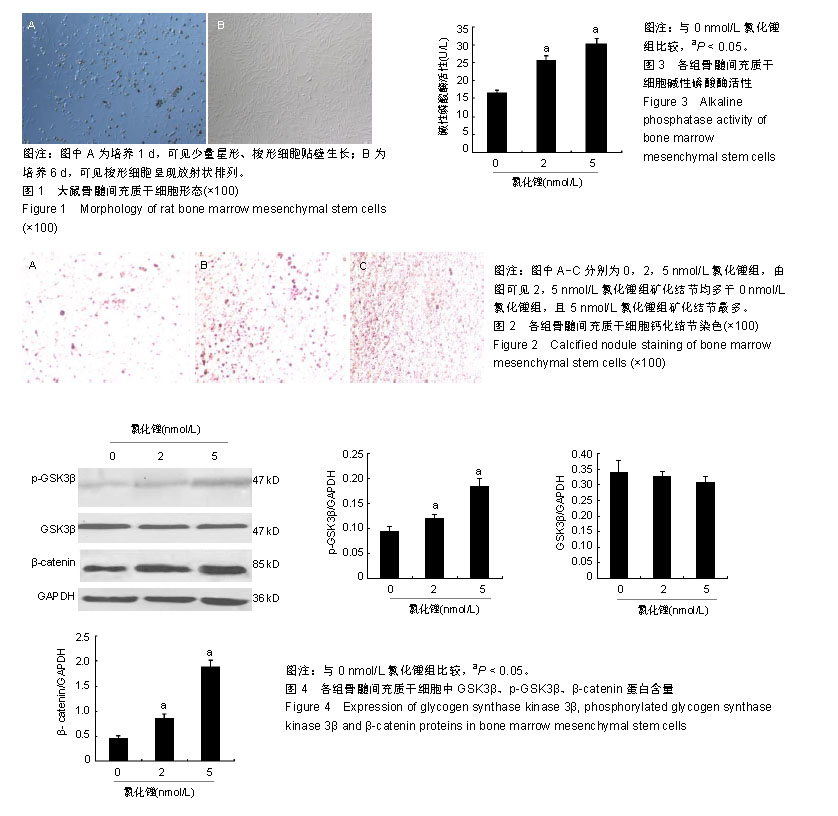| [1]Phinney DG, Kopen G, Isaacson RL, et al. Plastic adherent stromal cells from the bone marrow of commonly used strains of inbred mice: variations in yield, growth, and differentiation. J Cell Biochem. 1999;72(4):570-585.[2]Cohen MA, Markoulaki S, Jaenisch R. Matched Developmental Timing of Donor Cells with the Host Is Crucial for Chimera Formation. Stem Cell Reports. 2018;10(5): 1445-1452.[3]Ali EHA, Ahmed-Farid OA, sman AAE.Bone marrow-derived mesenchymal stem cells ameliorate sodium nitrite-induced hypoxic brain injury in a rat model.Neural Regen Res. 2017; 12(12):1990-1999. [4]Atashi F, Modarressi A, Pepper MS. The role of reactive oxygen species in mesenchymal stem cell adipogenic and osteogenic differentiation: a review. Stem Cells Dev. 2015; 24(10):1150-1163.[5]王皓沿,海鑫.白藜芦醇对小鼠骨髓间充质干细胞成骨/成脂分化的影响[J].哈尔滨医科大学学报,2018,52(2):99-104.[6]Yamaguchi M, Zhu S, Weitzmann MN, et al. Curcumin analog UBS109 prevents bone marrow osteoblastogenesis and osteoclastogenesis disordered by coculture with breast cancer MDA-MB-231 bone metastatic cells in vitro. Mol Cell Biochem. 2015;401(1-2):1-10.[7]Azuma K, Zhou Q, Kubo KY. Morphological and molecular characterization of the senile osteoporosis in senescence- accelerated mouse prone 6 (SAMP6). Med Mol Morphol. 2018;51(3):139-146.[8]Abuna RP, Stringhetta-Garcia CT, Fiori LP, et al. Aging impairs osteoblast differentiation of mesenchymal stem cells grown on titanium by favoring adipogenesis. J Appl Oral Sci. 2016; 24(4):376-382.[9]Ghali O, Broux O, Falgayrac G, et al. Dexamethasone in osteogenic medium strongly induces adipocyte differentiation of mouse bone marrow stromal cells and increases osteoblast differentiation. BMC Cell Biol. 2015;16:9.[10]Patel R, Rodriguez A, Yasmeen T, et al. Impact of Obesity on Osteoporosis: Limitations of the Current Modalities of Assessing Osteoporosis in Obese Subjects. Clinical Reviews in Bone and Mineral Metabolism. 2015;13(1):36-42.[11]Li J, Liu X, Zuo B, et al. The Role of Bone Marrow Microenvironment in Governing the Balance between Osteoblastogenesis and Adipogenesis. Aging Dis. 2015;7(4): 514-525.[12]谢小伟,裴福兴,康鹏德,等.锶盐联合淫羊藿苷对大鼠骨髓基质干细胞成骨及成脂分化影响的研究[J]. 中国矫形外科杂志, 2015, 23(5):450-457.[13]Chen Y, Chen L, Yin Q, et al. Reciprocal interferences of TNF-α and Wnt1/β-catenin signaling axes shift bone marrow-derived stem cells towards osteoblast lineage after ethanol exposure. Cell Physiol Biochem. 2013;32(3):755-765.[14]杨斌,向萌娟.氯化锂诱导毛囊干细胞定向分化中Wnt信号通路介导基因的调控[J].中国组织工程研究与临床康复, 2011,15(49): 9202-9206.[15]Wils J, Favre J, Bellien J. Modulating putative endothelial progenitor cells for the treatment of endothelial dysfunction and cardiovascular complications in diabetes. Pharmacol Ther. 2017;170:98-115.[16]Esfandiari F, Fathi A, Gourabi H, et al. Glycogen synthase kinase-3 inhibition promotes proliferation and neuronal differentiation of human-induced pluripotent stem cell-derived neural progenitors. Stem Cells Dev. 2012;21(17):3233-3243.[17]Huang J, Guo X, Li W, et al. Activation of Wnt/β-catenin signalling via GSK3 inhibitors direct differentiation of human adipose stem cells into functional hepatocytes. Sci Rep. 2017; 7:40716.[18]Zhang L, Chan C. Isolation and enrichment of rat mesenchymal stem cells (MSCs) and separation of single-colony derived MSCs. J Vis Exp. 2010;(37):1852.[19]聂义珍,闫朝岐,付红梅,等.冷刺激对骨髓间充质干细胞增殖及成骨分化的影响[J]. 中华骨质疏松和骨矿盐疾病杂志, 2018,11(6): 577-583.[20]李忠海.不同浓度锶对MC3T3-E1细胞增殖、ALP活性及成骨分化的影响[J].中国骨与关节杂志, 2016, 5(3): 221-225.[21]董冰子,孙晓方.骨质疏松症治疗新进展: 从分子机制到药物靶点[J].中华骨质疏松和骨矿盐疾病杂志,2018,11(6):620-627. [22]Varela A, Chouinard L, Lesage E, et al. One Year of Abaloparatide, a Selective Activator of the PTH1 Receptor, Increased Bone Formation and Bone Mass in Osteopenic Ovariectomized Rats Without Increasing Bone Resorption. J Bone Miner Res. 2017;32(1):24-33.[23]Song L, Liu M, Ono N, et al. Loss of wnt/β-catenin signaling causes cell fate shift of preosteoblasts from osteoblasts to adipocytes. J Bone Miner Res. 2012;27(11):2344-2358.[24]Neth P, Ciccarella M, Egea V, et al. Wnt signaling regulates the invasion capacity of human mesenchymal stem cells. Stem Cells. 2006;24(8):1892-903.[25]李理. 新型氯化锂复合磷酸钙骨水泥对成骨细胞增殖及分化的影响[D].南宁:广西医科大学,2016.[26]Sieber MH, Thomsen MB, Spradling AC. Electron Transport Chain Remodeling by GSK3 during Oogenesis Connects Nutrient State to Reproduction. Cell. 2016;164(3):420-432.[27]Weng J, Wang YH, Li M, et al.GSK3β inhibitor promotes myelination and mitigates muscle atrophy after peripheral nerve injury.Neural Regen Res. 2018;13(2):324-330.[28]Desiderio V, Tirino V, Papaccio G, et al. Bone defects: molecular and cellular therapeutic targets. Int J Biochem Cell Biol. 2014;51:75-78.[29]Kim do Y, Park EY, Chang E, et al. A novel miR-34a target, protein kinase D1, stimulates cancer stemness and drug resistance through GSK3/β-catenin signaling in breast cancer. Oncotarget. 2016;7(12):14791-14802.[30]Li VS, Ng SS, Boersema PJ, et al. Wnt signaling through inhibition of β-catenin degradation in an intact Axin1 complex. Cell. 2012;149(6):1245-1256. |



